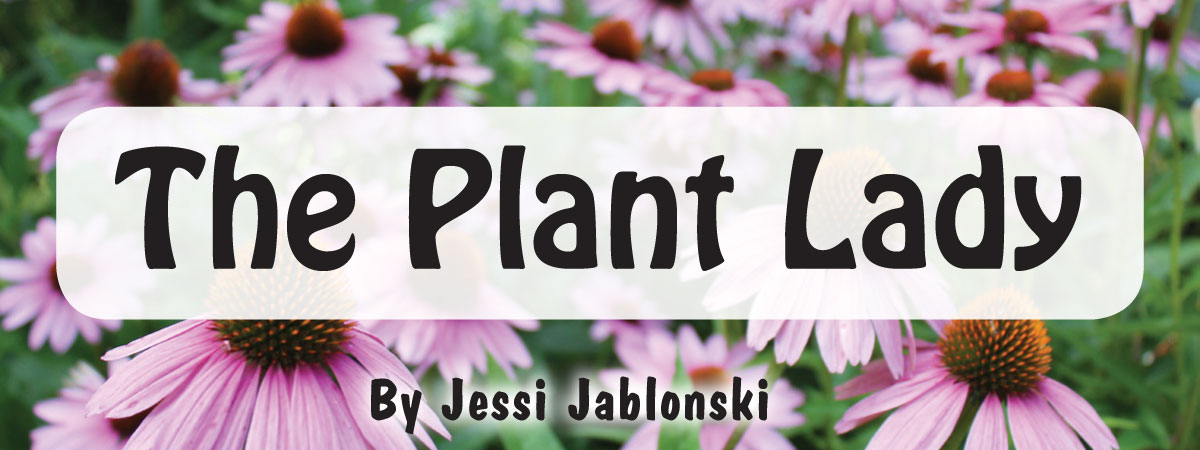By Jessi Jablonski
How much should I water?
One of the most asked questions to gardeners is “How much water does the garden need?” The simple answer is about one inch of water per week. How you water is just as important as how much you water. There are many variables that go into determining each garden’s needs. Let us review some of the factors that can influence your watering.
New plants need more water than existing plants. Trees, shrubs and perennials that are planted in spring and summer must use energy to not only grow their leaves and flowers, but to grow their roots as well. After planting, water plants well to settle the soil in and eliminate large air pockets underground. Trees and large shrubs respond well to the trickle method. Place your garden hose at the base of the newly planted tree and turn it on low — just so it trickles out. Let the water run slowly for an hour or so. This will allow the water to slowly seep into the ground and encourage the roots to grow deep. Perennial beds respond well to sprinkler watering. Set a sprinkler in your new flower bed, as well as a clean cup or an old tuna can. Let the sprinkler run until it has collected about half-inch of water. Repeat this twice per week for several weeks so the plants can establish a healthy root system. Wind can cause plants to dry out much more quickly, so you may need to water more during windy times.
Mulch is beneficial to the plants because it helps retain moisture. Flowerbeds topped with at least two inches of mulch will stay moist much longer than areas topped with stone. Stone heats up in the sun and can dry the soil out. If you are unsure about the water reaching deep enough, move some of the mulch or stone around and stick your finger in the soil. After a thorough watering, the soil under the mulch should be wet to the depth of at least two inches.
Many succulents and native plants can withstand long periods of dryness once they are established, but they too will need to be watered well when planted to encourage deep roots that are able to find water in the dry times.
Plants that are growing in containers will need much more water than plants that are growing in the ground. Sunny flowerpots may need water every day, and often twice per day in the hottest months.
The best time to water your plants is early in the morning. The winds are usually calm, and the sun is not high in the sky so the plants can take in much more of the water instead of losing it to evaporation. Try to avoid watering in the evenings. The leaves of the plants will stay wet for too long and this will increase the likelihood of fungal diseases and mold problems.
Rain counts! When planning your watering schedule take into consideration the rainfall totals. Use a rain gauge or the internet to check out local rainfall totals. Rainfall can very greatly over just a few miles, so it is best to monitor it yourself for the most accurate numbers.
Strawberry Rhubarb Sangria
A perfect drink for a warm summer evening with friends
1/3 cup sugar
1/3 cup water
2 rhubarb stalks, sliced into ½ inch crescents
3 cups fresh strawberries (raspberries work well too!)
4 cups club soda or seltzer water
1 bottle of sweet wine (or juice if no alcohol is desired)
In a medium saucepan, bring the sugar and 1/3 cup water to a boil. Turn off heat and add rhubarb. Let sit for at least an hour to cool.
When ready to serve, mix the rhubarb-water mixture with the berries, club soda and wine in a pitcher. Pour over ice into individual glasses and garnish with a fresh strawberry on the edge of the glass.


Leave a Reply